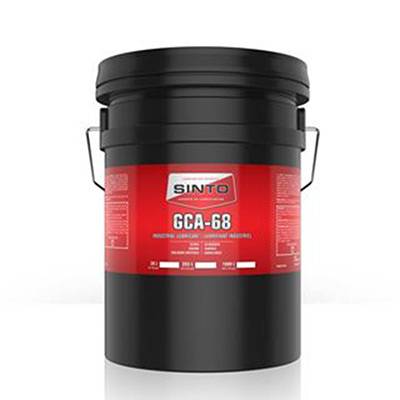دسمبر . 01, 2024 08:25 Back to list
Understanding Spline Go No Go Gauges for Precision Measurement and Inspection
Understanding Spline Go/No-Go Gauges
In precision engineering and manufacturing, ensuring part accuracy is crucial for the functionality and reliability of mechanical systems. One of the common methods used to achieve this is through the application of Go/No-Go gauges. When it comes to splines, these specialized gauges play a critical role in verifying the dimensional integrity and fit of spline profiles.
What Are Spline Go/No-Go Gauges?
Spline Go/No-Go gauges are tools designed to assess whether a workpiece has been machined within specified tolerances. Specifically, they are used to measure spline features, which are ridges or teeth on a shaft that mesh with a corresponding groove on a mating part. These gauges typically come in pairs - one representing the Go condition, which confirms that parts fit correctly, and the other representing the No-Go condition, which ensures that parts do not exceed maximum tolerances.
The Functionality of Go/No-Go Gauges
The Go gauge is intended to fit onto the spline to indicate that the part is capable of proper assembly. If the Go gauge fits, it confirms that the key dimensions are within tolerance and the part is considered acceptable. Conversely, the No-Go gauge acts as a limit; if it fits onto the part, that indicates a potential defect — the spline may be too large or out of specification. Therefore, the design of these gauges complements the manufacturing process, allowing for streamlined quality control and reducing the risk of defects.
Importance in Manufacturing
spline go no go gauges

In industries such as automotive and aerospace, where safety and performance are paramount, the accuracy of spline dimensions can directly impact the assembly, function, and reliability of mechanical systems. Spline Go/No-Go gauges help manufacturers meet stringent tolerances required for components such as drive shafts, gears, and couplings. By employing these gauges, companies can ensure that only parts that meet or exceed quality standards are utilized in assembly, thereby minimizing the risk of malfunction or failure in end products.
Design Considerations
The design of spline Go/No-Go gauges is highly specialized. They must reflect all critical dimensions, including minor diameters, pitch diameters, and the total length of splines. Spline gauges can vary based on the configuration of the spline (such as involute, serrated, or flat) and may need to accommodate different materials and finishes. Moreover, the manufacturing process of the gauges must ensure durability and maintain precision over repeated use, making it essential to use high-quality materials and machining processes.
Testing and Calibration
Regular testing and calibration of spline Go/No-Go gauges are essential to guarantee their accuracy and reliability. This is especially important after extensive use or exposure to harsh environments, which may lead to wear or deformation. Calibration should be conducted using precision measuring equipment to confirm that both Go and No-Go parameters are within acceptable limits. This ongoing maintenance not only preserves gauge integrity but also protects the overall quality assurance process.
Conclusion
Spline Go/No-Go gauges serve as crucial instruments in the manufacturing process, ensuring that spline features on parts meet specified tolerances. Their role in quality control cannot be overstated; they help prevent costly errors, support safety standards, and enhance product reliability. As technology evolves and manufacturing processes become increasingly sophisticated, the continued development and refinement of these gauges will remain vital to the industry. As such, engineers and manufacturers must prioritize the selection, maintenance, and calibration of Go/No-Go gauges in their quality assurance practices, reinforcing the foundation of dependable engineering and manufacturing processes.
-
Why Metric Trapezoidal Thread is Ideal for Precision Motion ControlNewsAug.05,2025
-
The Unique Properties of a Block of Granite for Industrial UseNewsAug.05,2025
-
The Role of Flanged Y Strainers in Preventing Pipeline ClogsNewsAug.05,2025
-
The Importance of Regular Calibration for Master Ring GagesNewsAug.05,2025
-
How a Cast Iron Surface Table Enhances Accuracy in ManufacturingNewsAug.05,2025
-
Comparing Different Check Valve Types for Optimal Flow ControlNewsAug.05,2025
Related PRODUCTS









